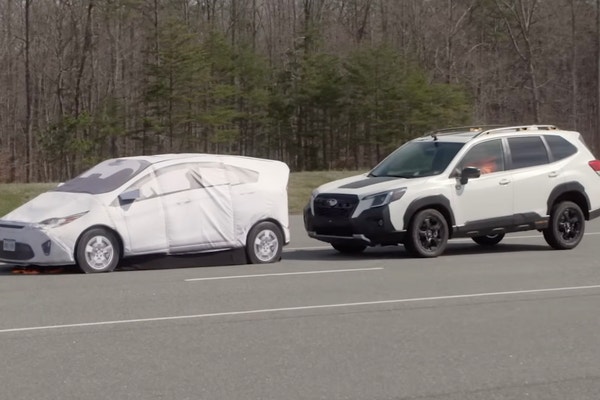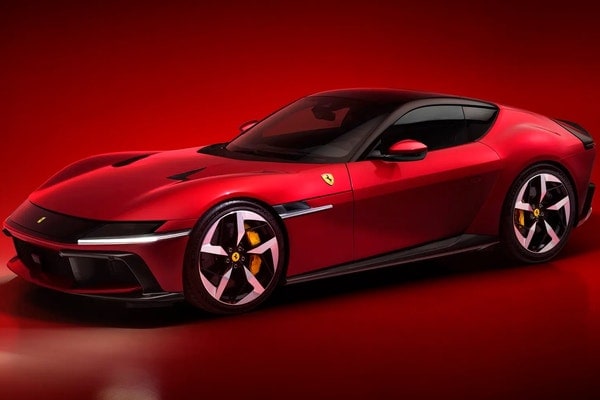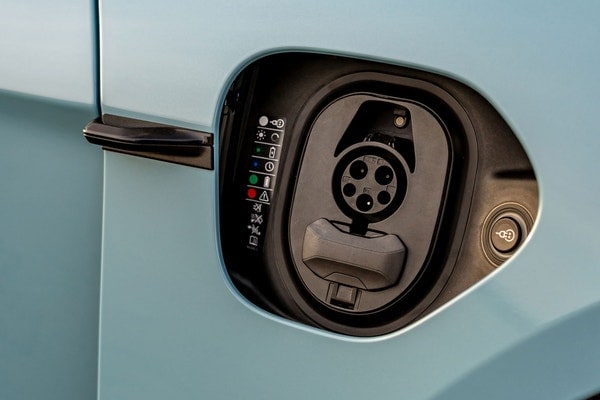Used 2017 Ford Transit Connect Wagon Titanium LWB Minivan Review
Consumer reviews
Read what other owners think about the 2017 Ford Transit Connect Wagon Titanium LWB Minivan.
Most helpful consumer reviews
Skinny but Tall
A great alternative to a SUV or a minivan
Edmunds Summary Review of the 2017 Ford Transit Connect Wagon Titanium LWB Minivan
Pros & Cons
- Pro:Can be configured in many different ways, including two available body lengths and plenty of cargo area options
- Pro:Wagon version can be had with a third-row seat
- Pro:Less expensive and easier to maneuver than regular minivans
- Con:Unimpressive performance and fuel economy
- Con:Wagon's second row doesn't slide or recline
- Con:Limited payload and towing capacities
Full Edmunds Review: 2017 Ford Transit Connect Minivan
Driving
Although the 2017 Ford Transit Connect lacks the get-up-and-go of V6-powered traditional minivans, it feels much lighter and a lot more agile around town. These characteristics are equally useful for large families and for delivery drivers needing to get in and out of tight spaces. If you live in the city or frequently travel on tight rural roads, the Transit Connect will feel like an athlete compared to something like a Honda Odyssey. Unfortunately, the turbocharged 1.6-liter engine we liked so much from last year has been axed, leaving the less powerful (and less fuel-efficient) 2.5-liter engine as the only engine choice.
The steering is particularly praiseworthy, offering the just-right effort and impressive road feel found in other Ford vehicles. On the other hand, the ride can be bumpy over rough roads, and suspension-transmitted noises tend to make their way into the cabin much as they can on smaller, sportier vehicles. That may be fine for those transitioning from something like a Focus, but minivan drivers may find the Transit Connect's suspension doesn't provide the suppleness and isolation they've come to expect.
Interior
With the Transit Connect, flexibility is paramount. The wagon, particularly the seven-passenger long-wheelbase model, can be used as a family vehicle. Granted, the second-row seat doesn't recline or slide, and folding both the second and third rows of seats takes an extra step compared with most minivans, but space in both rows is just as good, especially the headroom.
If it's cargo you're looking to haul, the short-wheelbase cargo van offers 103.9 cubic feet behind the front seats, while the long-wheelbase version's larger cargo hold can swallow 128.6 cubic feet. This is less than a regular minivan, but still much better than a large crossover. Even more capacity is available thanks to the fold-flat front passenger seat. Cargo room in the wagon models is reduced, but if the seats are folded, the short-wheelbase wagon offers a maximum of 77.1 cubic feet and the long-wheelbase models offer 104.2 cubic feet.
Although the Transit Connect has a much larger windshield and dashboard than its siblings, the Ford Escape and C-Max, from the driver seat it could easily be either. The distinctive dash design is virtually identical, with climate controls below clearly separated from the infotainment controls above. The quality of the interior materials is below what you'll find in mainstream Ford products, but on the whole the Transit Connect is pretty nice for its class. The Sync 3 infotainment system is new this year, and it's quicker to respond to user inputs, and feels much like a smartphone (with pinch-to-zoom and swiping gestures) than the previous MyFord Touch system. The same can't be said, however, for the standard stereo interface, which consists of a small central screen controlled by many buttons.
What's behind the driver varies considerably depending on the wheelbase and whether you're carrying people or cargo. The XL cargo van, for example, is a bare-bones workhorse with vinyl upholstery and floor coverings with mounting points for customizable shelves and whatever a business might need. Upper trim levels, especially in the wagon models, add creature comforts, but the van is still very much a dedicated work vehicle.
Edmunds Insurance Estimator
The Edmunds TCO® estimated monthly insurance payment for a 2017 Ford Transit Connect in Virginia is:
not available


